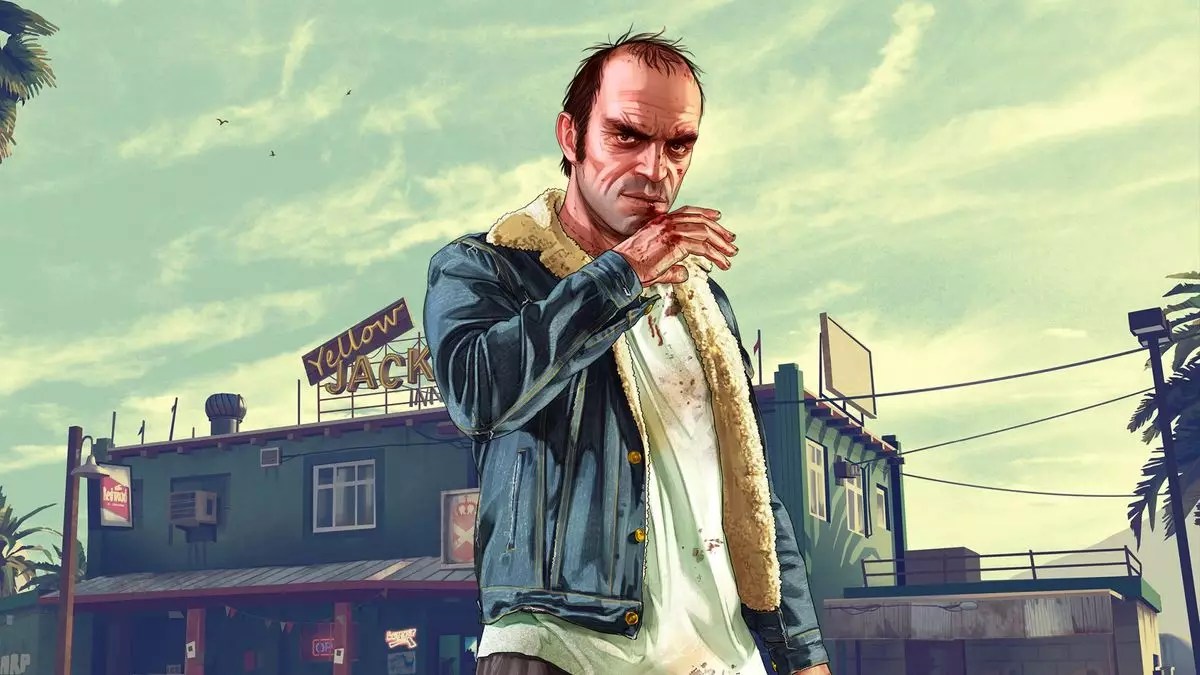The creation of a successful video game sequel is a complex task that hinges on a balance between innovation and familiarity. Developers face the challenge of delighting both new players and long-time fans, often leading to the dilemma of how much to change versus how much to maintain the essence of the original. With Grand Theft Auto V (GTA 5), the developers at Rockstar Games opted for a strategy that would significantly enhance the already established formula. This approach serves as a notable case study in the realm of video game development and sequel creation.
According to Ben Hinchliffe, a former Rockstar developer, the pivotal strategy behind GTA 5 was to take the strong foundation laid by GTA IV and elevate it to new heights. The vision was straightforward: to create a “bigger and better” experience without sacrificing the core elements that made its predecessor appealing. Hinchliffe emphasized the commitment to making the game feel like an immersive cinematic experience, effectively placing players in the middle of a blockbuster film. This intent to enhance the emotional and narrative depth of gameplay is key, as it directly impacts player engagement.
While many may assume that enhancing a game’s performance is mainly about grand features, Hinchliffe revealed that GTA 5’s success relied heavily on a meticulous focus on the tiniest details. Each department within the development team was charged with optimizing every facet of the game experience. From refining vehicle physics to improving pedestrian AI behavior, each modification, no matter how small, contributed to an overarching goal of realism and immersion. This commitment to fine-tuning elements that often go unnoticed speaks volumes about Rockstar’s philosophy—the belief that every detail matters in crafting a memorable gameplay experience.
Another landmark change in GTA 5 was the introduction of three protagonist characters. This innovative narrative technique allowed players to switch between characters, unlocking multiple storylines and diverse character interactions. The decision not only deepened the plot but also created varied gameplay experiences—the sort of dynamic storytelling that was critical to the game’s acclaim. This evolution reflects a growing trend in game design, where narratives become as complex and interconnected as the player’s choices.
The Future of Expansive Gaming
Looking ahead to the anticipated release of GTA 6, expectations are mounting. With reported development costs surpassing $2 billion, Rockstar faces the formidable task of outdoing its own monumental achievement with GTA 5. The challenge lies in continuing to innovate while remaining true to the brand’s roots, ensuring that each new installment brings something fresh to the table. Yet if history has shown us anything, it’s that Rockstar excels at pushing boundaries, and the future of the franchise promises to be just as groundbreaking as its past. As anticipation builds, fans eagerly await a new chapter in a series that redefined the open-world genre.
The development of GTA 5 demonstrates that the success of a sequel isn’t just about bigger budgets or flashier graphics; it’s fundamentally about refining the core experience and innovating in ways that resonate with players.


Leave a Reply